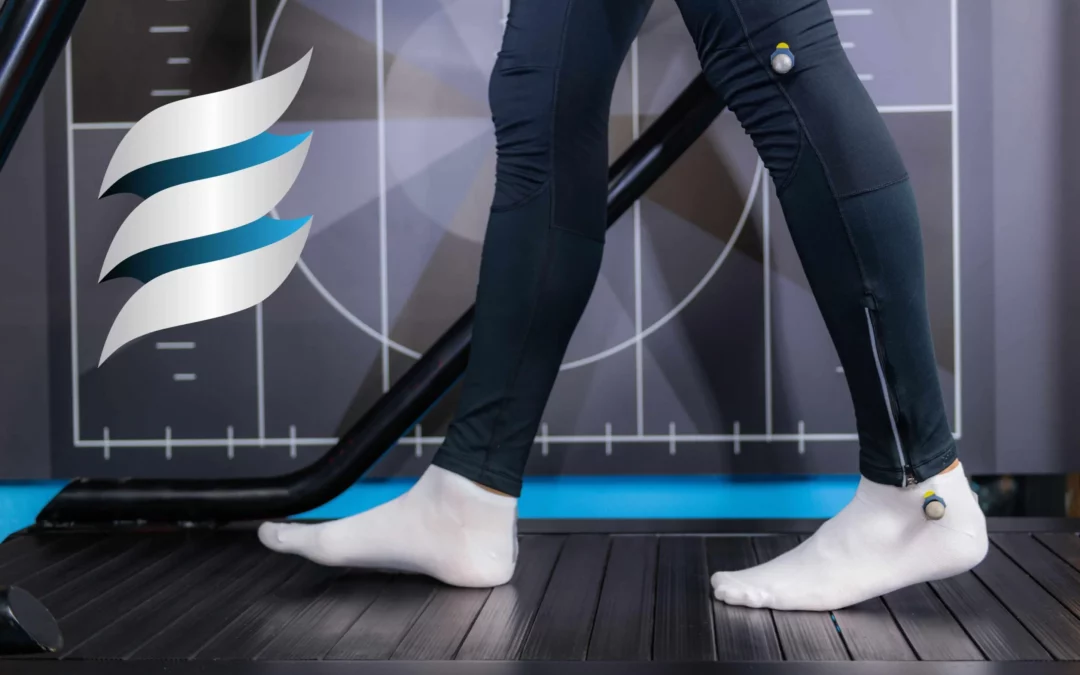What is Movement?
Locomotion (gait)
Locomotion is described as the ability to move from one position to another. Gait, on the other hand, is defined as the style or manner of walking dependent on a complex interplay of major parts of the body systems including the nervous system, musculoskeletal system, and cardiovascular system. Gait can be further broken down into two phases: stance, where the reference limb is in contact with the ground, and which encompasses about 60% of one gait cycle, and swing, when the reference limb is suspended and advancing forward, making up the final 40% of the gait cycle. Simply put, the gait cycle is an intricate combination of muscle contractions designed to maintain the body’s center of gravity over its base of support, while advancing the body in a desired direction.
Proximodistal Sequencing Development
Proximodistal sequencing is a term used to describe the phenomenon of muscle activation and joint motion during movements from the larger, slower moving, and more proximal joints (trunk and pelvis) to the smaller, more distal joints (limb movements). Furthermore, it is important to note that this sequencing is also apparent from a motor development standpoint. For example, the normal progression of milestones in a child would include the ability to hold the head against gravity independently, sitting without support, then to more complex activities such as standing and walking. These innate developmental milestones are “hard-wired” into the central nervous system in order to create stiffness in the lumbopelvic complex to allow for efficient movement. Additionally, the gait cycle is a perfect example of proximodistal sequencing
Single joint movements as a part of an integrated system
Now that we have explained the innate methods of efficient joint movement within the body, it is important to understand how this applies in a practical sense. Moreover, the human body is made up of many joints connected by muscles, ligaments, fascia, etc. We often think of these individual segments moving as one (ie. the elbow bends because the biceps contracts). However since most movements involve multiple joints, these movements are created by an intricate combination of muscular contractions creating a force vector throughout the body, ultimately being transferred through the core. Therefore, dynamic core stabilization is an integral part of the training process in order to treat and prevent musculoskeletal injury, as well as to optimize performance and movement quality.
References
- Courses.lumenlearning.com. 2021. Motor Development | Lifespan Development. [online] Available at: <https://courses.lumenlearning.com/suny-lifespandevelopment/chapter/motor-development/> [Accessed 18 February 2021].
- Frank C, Kobesova A, Kolar P. Dynamic neuromuscular stabilization & sports rehabilitation. Int J Sports Phys Ther. 2013;8(1):62-73.
- Serrien B, Baeyens JP. The proximal-to-distal sequence in upper-limb motions on multiple levels and time scales. Hum Mov Sci. 2017;55:156-171. doi:10.1016/j.humov.2017.08.009




